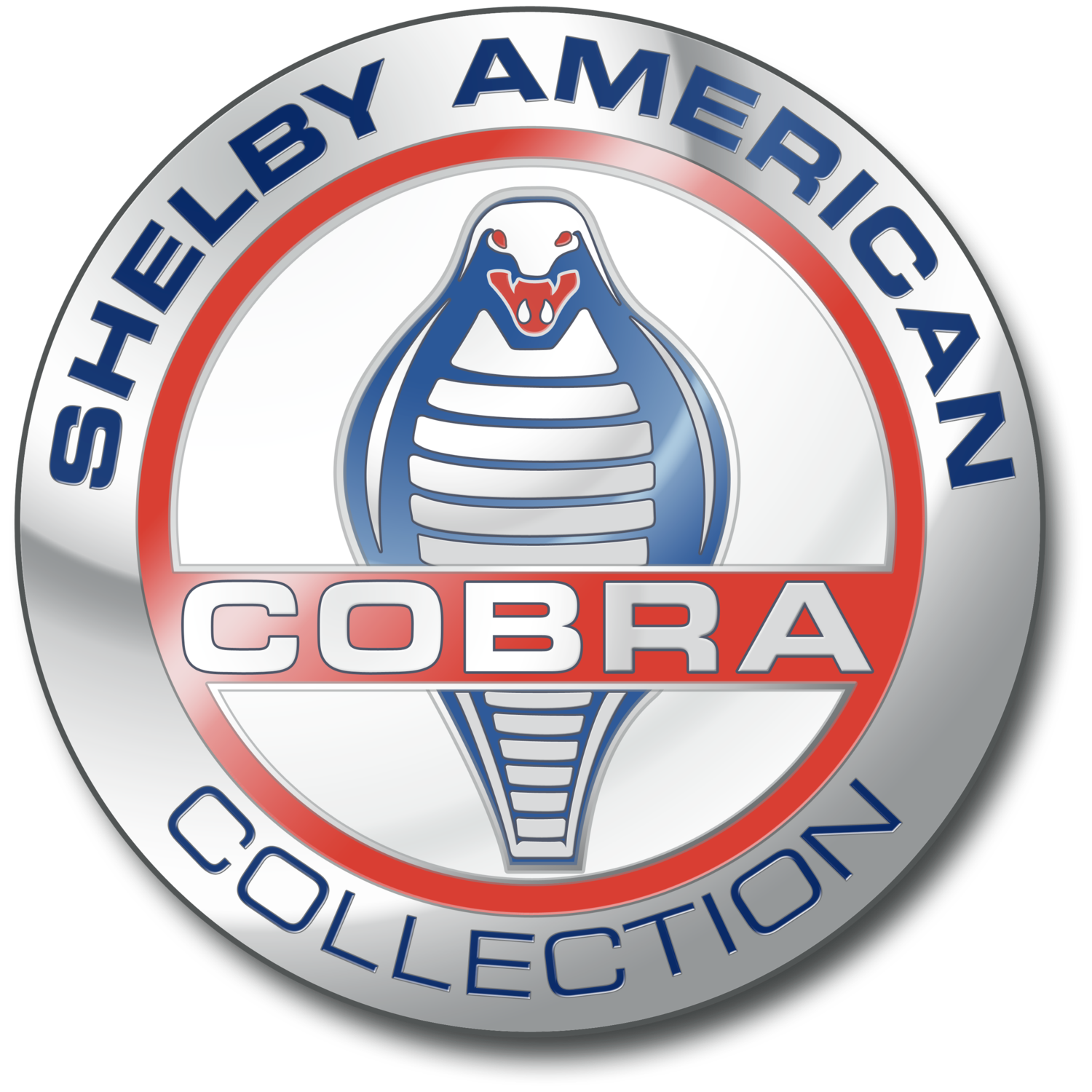1963 Le Mans CObra CSX2137
FIRST FIA WIN
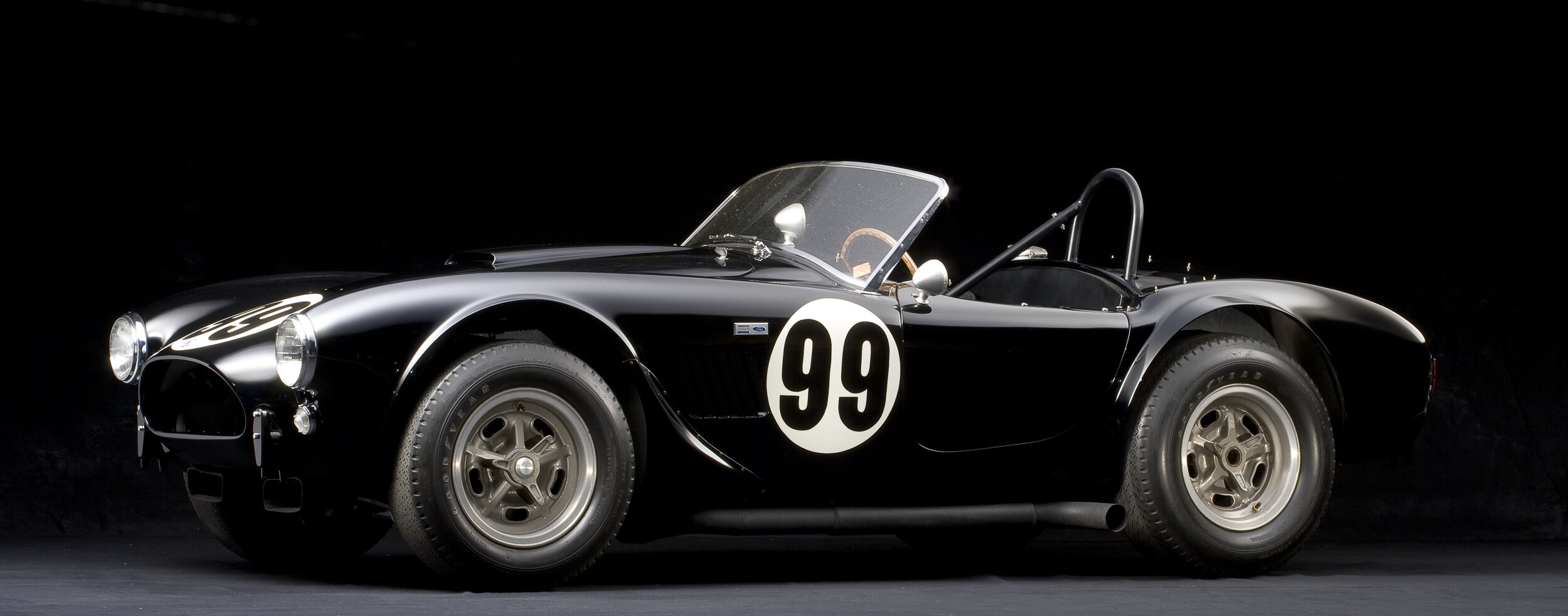
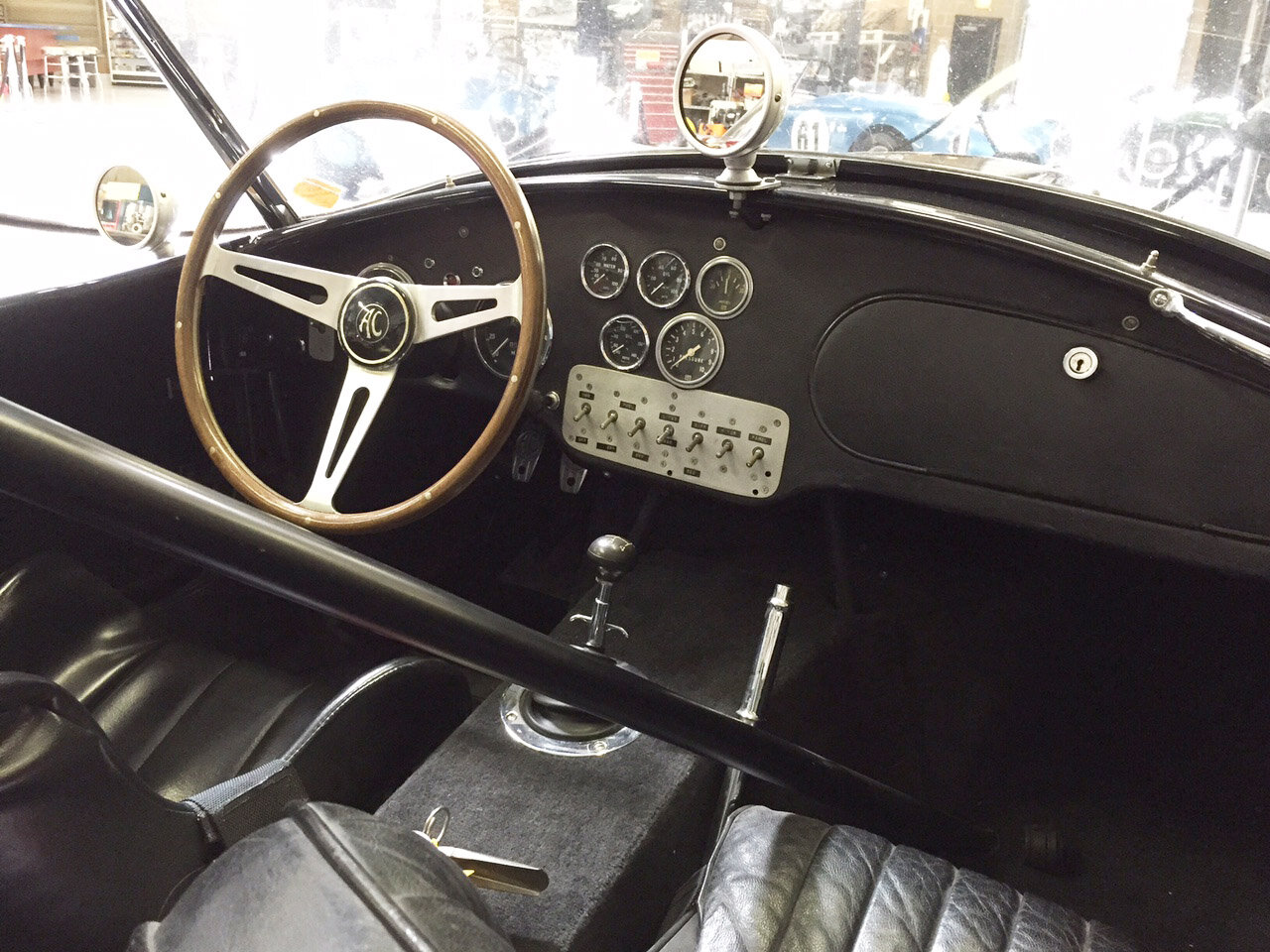
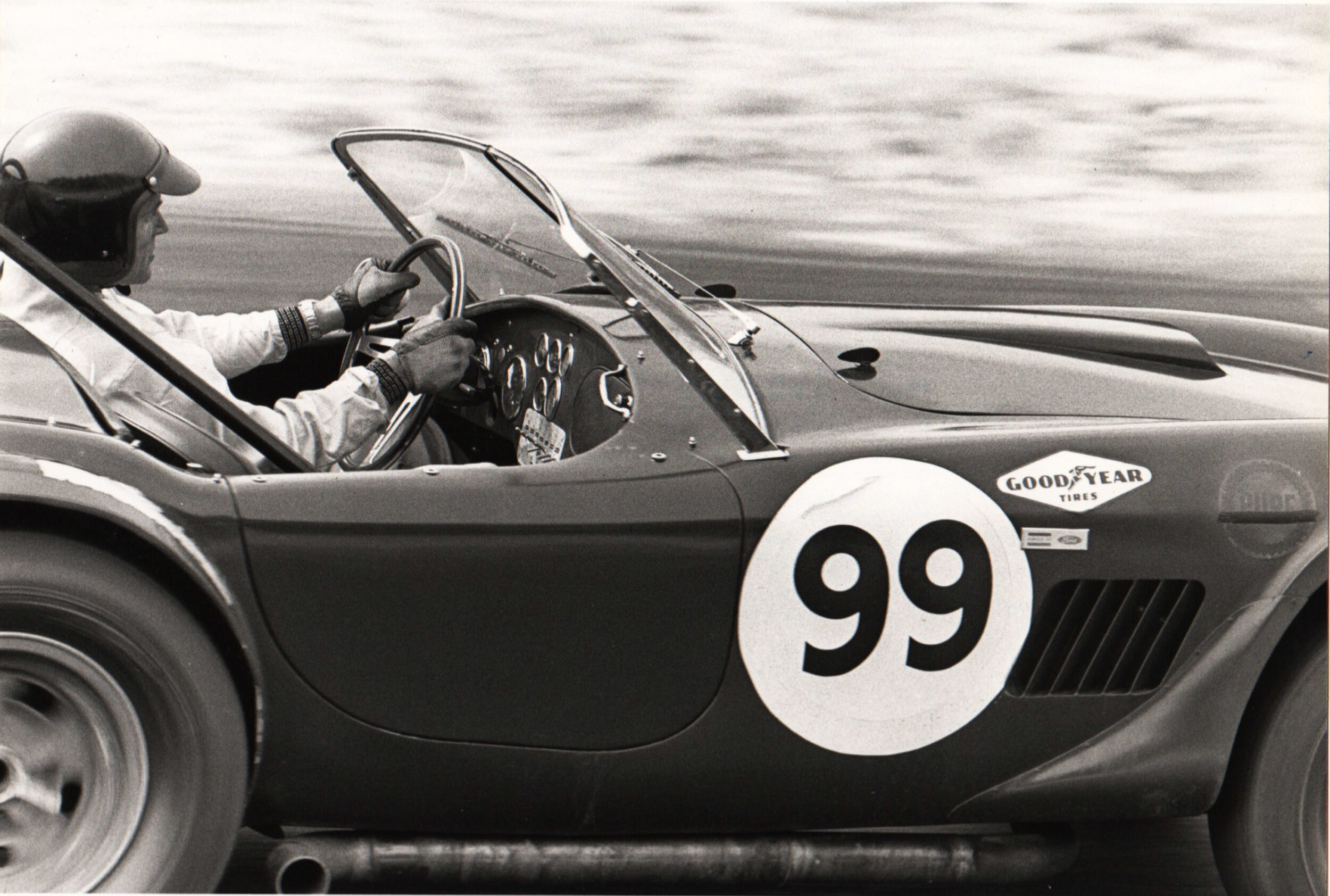
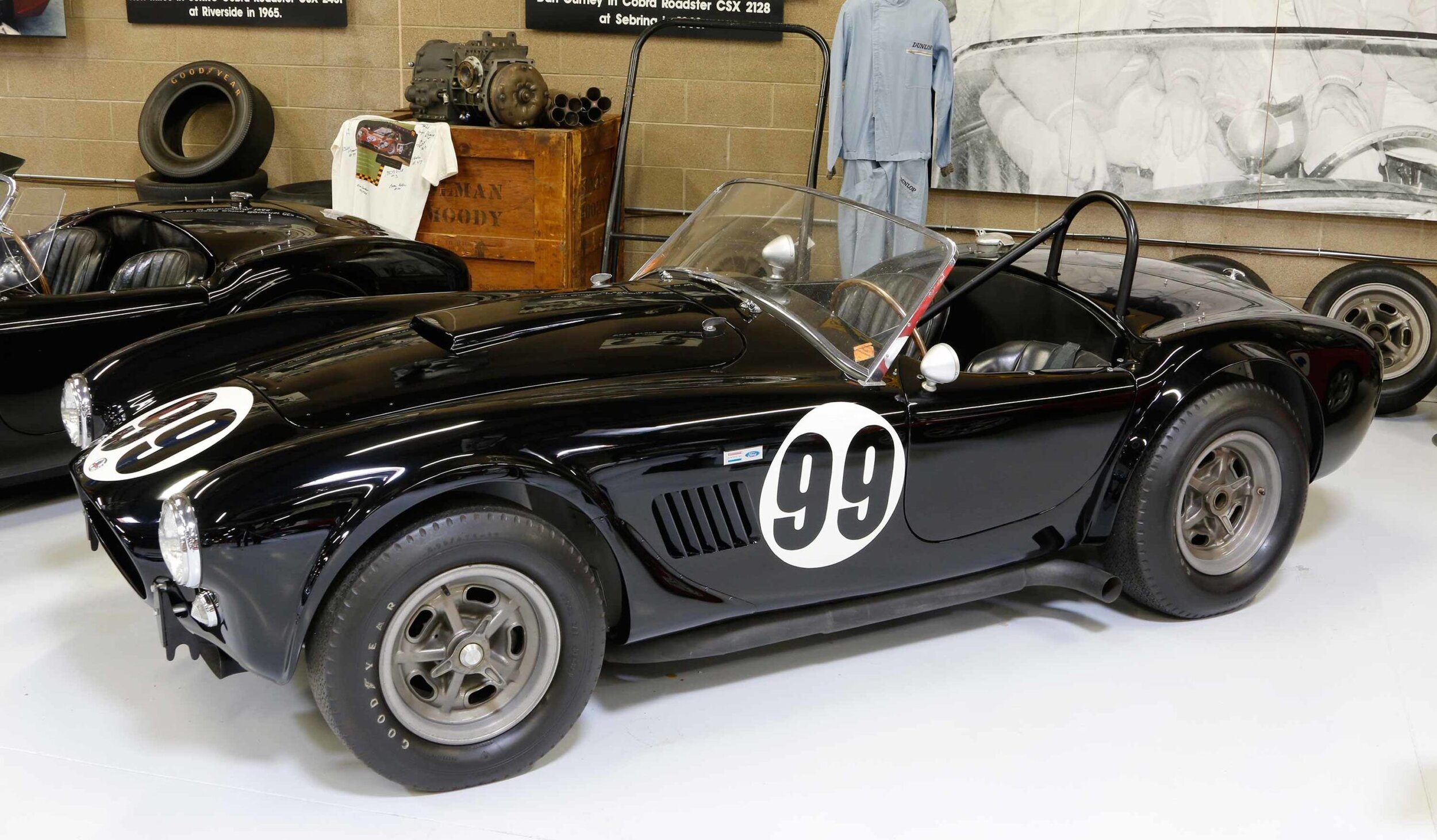
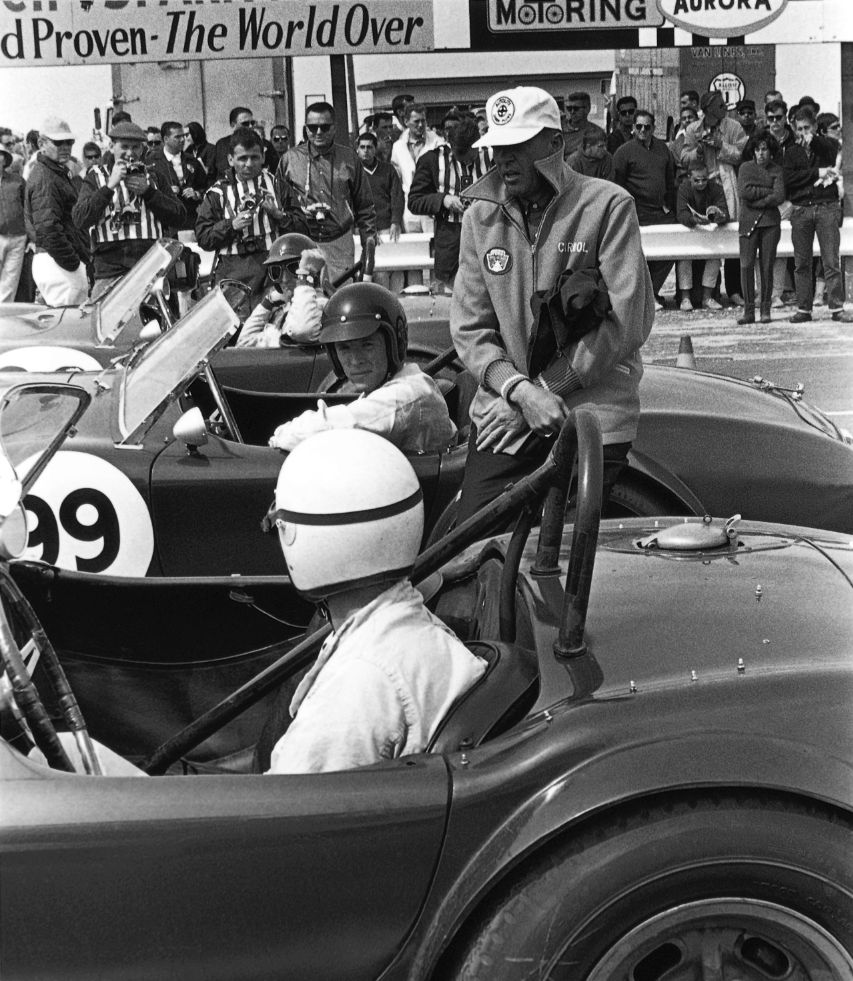
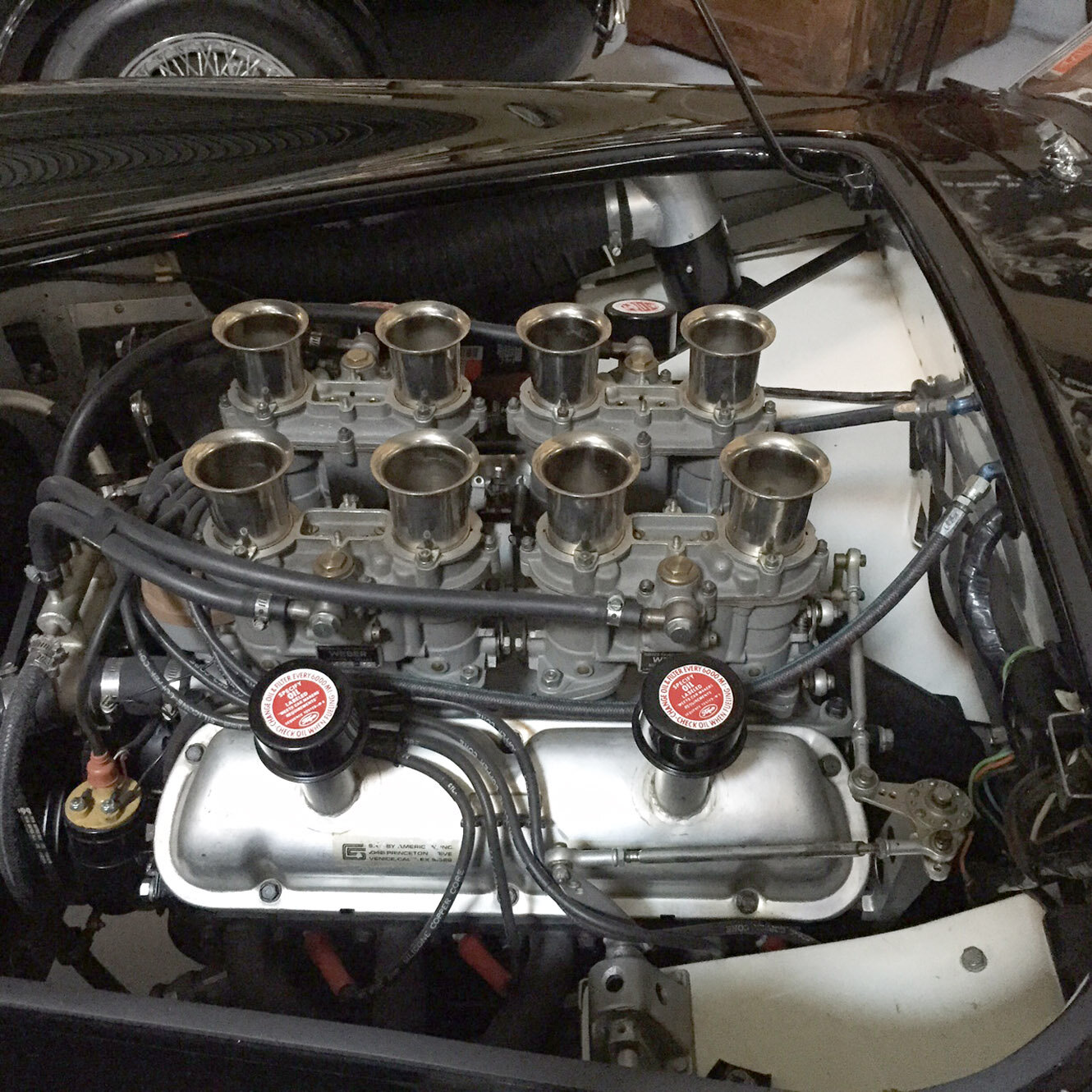
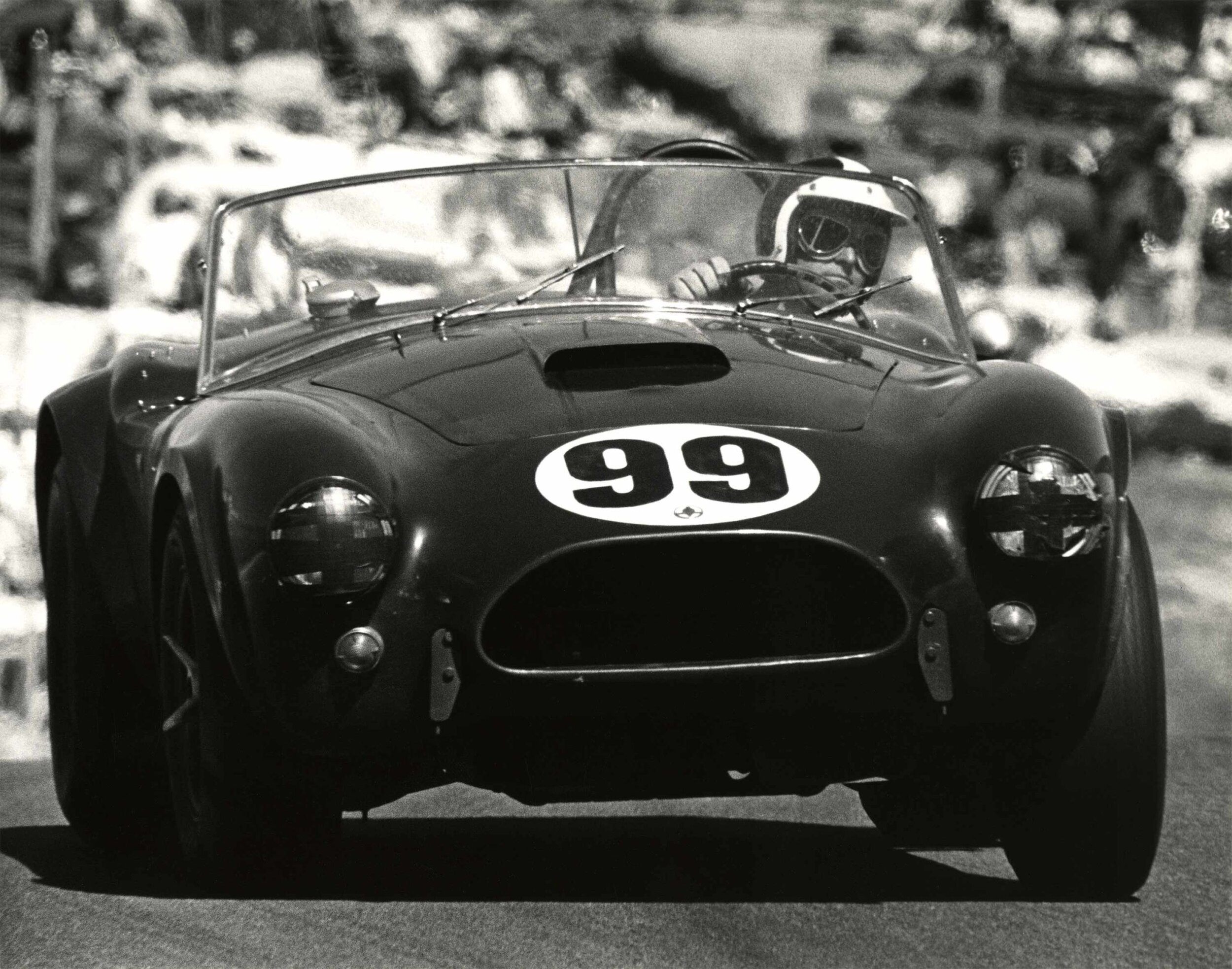
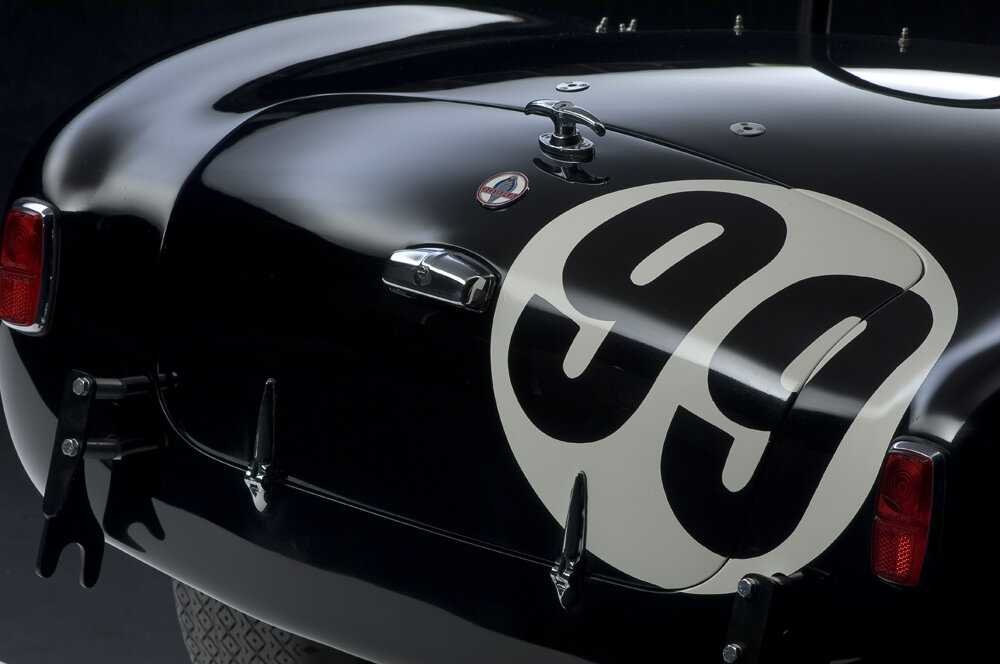
Details & History
Horsepower: 385 hp
Displacement: 8-cylinder, 289 ci (4.7 L)
Wheelbase: 90”
This 1963 Factory Team Cobra Le Mans Roadster was the first Cobra to “draw blood” in the famous Cobra-Ferrari Wars of the 1960s. Three Factory Team cars were built specifically for the 24 Hours of Le Mans race in France. Designated “Cobra Le Mans,” these three cars had more than 40 modifications that set them apart from standard racing Cobras. CSX2137 is the most significant of these cars, which were campaigned from September 1963 through February 1966. Dan Gurney drove it to win at Bridgehampton, N.Y., in September of 1963. It was the first FIA World Sportscar championship win for the fledgling Shelby American Team, and the first FIA win for an American driver in an American car.
Gurney’s victory marked the beginning of the famous Cobra-Ferrari Wars that culminated when Shelby American defeated Ferrari to win the championship in 1965, the first and only time for an American team. CSX2137 went on to win three first-place victories as a Shelby American Factory Team car, and two additional wins as an independent race Cobra. In addition to Gurney, drivers of CSX2137 included Bob Holbert, Bob Bondurant and Lew Spencer.
Since Le Mans has unique rules, strictly enforced by the Automobile Club de l’Ouest, more than 40 changes – many of them designed to enhance performance during long distance events, of course – were made to these cars. Most obvious are the larger front and rear fender flares, an integral (not riveted) hood scoop with no screen inside, and the bigger vents in the front fenders to get hot air out of the engine compartment. A 37-gallon fuel tank was also fitted, with a wider-necked filler. Because the FIA rules required the wheels and tires to lie within the bodywork (seen from above), large curved aluminum spats were riveted into place behind the front fender openings. Under the hood stood four Weber DC48IDM carburetors, with a larger aluminum radiator, modified steering arms and the rack-and-pinion steering gear to reduce driver fatigue during long races.
In the cockpit, a proper fiberglass race seat held the driver in place. Smiths instruments were fitted, and switches across the bottom of the dash controlled the ignition, two electric fuel pumps, and the lights, plus the differential cooler, windshield wipers and panel lights. The original black Dymo labels are still on the panel. As in other cars intended to run at Le Mans, the starter switch is mounted left of the steering wheel, and, of course, there is no ignition key.
Unique to this series of six cars is the shorter, bottom-hinged trunk lid, designed to allow the fitting of an aerodynamic hardtop, which extended back over the original trunk opening. The rear of the hardtop was secured at the two holes in front of the trunk latch, which also served to attach bungee cords when the hardtop was not used. The top had side vents behind the sliding Plexiglas side windows. The resulting drag reduction let these Cobras achieve higher speeds on the 3.7-mile-long Mulsanne Straight. The aluminum hardtop was bolted to the windshield frame and to the convertible top attachment sockets at the rear of each door. Because the hardtop covered the original gas filler, the cap had to be re-installed high in the roof, with a tube leading downward to the original filler neck. For the convenience of fuelers at Le Mans and other long-distance events, and to keep fuel away from the driver, the filler was also moved rightward. After Skip Hudson was injured at Daytona in 1963 when a flywheel exploded, Shelby went back to a stronger, cast-iron bellhousing and transmission case and added a driveshaft safety loop.
Ironically, despite its name, CSX2137 never raced at Le Mans. Instead, it ran five FIA and USRRC races in fall 1963 as a Shelby team car. Its initiation came at the Elkhart Lake USRRC race in September, when it was driven by Bob Johnson and Lew Spencer to sixth overall and second in the GT class. Gurney’s win a week later in the Bridgehampton Double 500, the final FIA event of the season, was the highlight of the car’s year.
Shelby had sent three cars east for Gurney, Bob Holbert and Ken Miles to drive in that weekend’s pair of 500-km races. Saturday saw Gurney, Holbert and Miles forming the front row of the grid. Holbert was in the lead on lap19 when a half-shaft failed, putting him out. Gurney then took over, and he and second-place Miles lapped the entire field – including Mark Donohue in a TVR – except for the Jaguar of Walt Hansgen, who would later join the Holman-Moody GT40 squad. For the cool-down lap, pit crew members Jim Culleton and Red Rose joined Holbert, Shelby, Bob Johnson and Louis Unser in hanging out two pit boards chalked with “BEER” and “TIME.” In their joy, they accidentally switched them, so the sign read “TIME BEER,” though the message was unmistakable.
Illustrating the team’s progress during the year, Gurney said that he found this Cobra much faster than the one he’d driven at Sebring (CSX2128) back in March. For the Sunday race at Bridgehampton, Gurney switched to a NART Ferrari, so Holbert drove CSX2137. Unfortunately, he tangled with a Porsche RS60, and both cars retired. That fall, CSX2137 also won under Holbert in a USRRC event at Mid-Ohio and with Bob Bondurant in a one-hour GT race at Riverside.
Shelby never let any grass grow under fast cars that could attract customer money, so in February 1964, CSX2137 was sold for $8,250 to independent racer Ralph Noseda, who had just co-driven it with Jeff Stevens at Daytona, settling for a DNF after 202 laps, due to a fuel leak. The Miami-based caterer painted the car red and campaigned it with factory assistance under his “Hot Shoppes” banner throughout 1964 and 1965, mainly in USRRC events but also at Daytona, Sebring and Nassau. Noseda kept the car busy, but since he often faced the Shelby American factory team, he was usually relegated to the “best of the rest” category. His best finishes were wins in SCCA National events at Daytona and West Palm Beach in late 1965.
Meanwhile, the last race for CSX2137 had come in 1968, at Riverside, under new owners Tom and Ray Caruthers, who later advertised the car for sale for $3,750. Later, when Bill Murray restored the car, he brought it back to its original specification. Indeed, the car’s now-chipped windshield still carries faded but original decals from Daytona and Sebring.
Text excerpted from “Shelby Cars in Detail, Cars of the Shelby American Collection” by Frank Barrett with photography by Boyd Jaynes.
Images by Boyd Jaynes, Dave Friedman and Shelby American Collection.
Race History
1963 Race Season
TRACK: Road America 500 Mile
PLACE: 6th
DRIVER: Johnson/Spencer
TRACK: Bridgehampton GT 500 Mile
PLACE: 1st
DRIVER: Dan Gurney
TRACK: Bridgehampton 500 Mile
PLACE: DNF
DRIVER: Bob Holbert
TRACK: Mid-Ohio USRRC
PLACE: DNF
DRIVER: Bob Holbert
TRACK: Mid-Ohio USRRC-GT
PLACE: 1st
DRIVER: Bob Holbert
TRACK: Riverside GT 1 Hour
PLACE: 1st
DRIVER: Bob Bondurant
TRACK: Riverside 200 Mile
PLACE: 8th
DRIVER: Bob Bondurant
1964 Race Season
TRACK: Daytona 2000 Km
PLACE: DNF
DRIVER: Ralph Noseda
TRACK: Augusta USRRC-GT
PLACE: 3rd
DRIVER: Ralph Noseda
TRACK: Sebring 12 Hour
PLACE: DNF
DRIVER: Ralph Noseda
TRACK: Pensacola USRRC-GT
PLACE: 3rd
DRIVER: Ralph Noseda
TRACK: Daytona Trophy Race
PLACE: 3rd
DRIVER: Ralph Noseda
TRACK: Nassau TT
PLACE: 34th
DRIVER: Ralph Noseda
TRACK: Governor’s Trophy
PLACE: 48th
DRIVER: Ralph Noseda
TRACK: Nassau Trophy
PLACE: 32nd
DRIVER: Ralph Noseda
